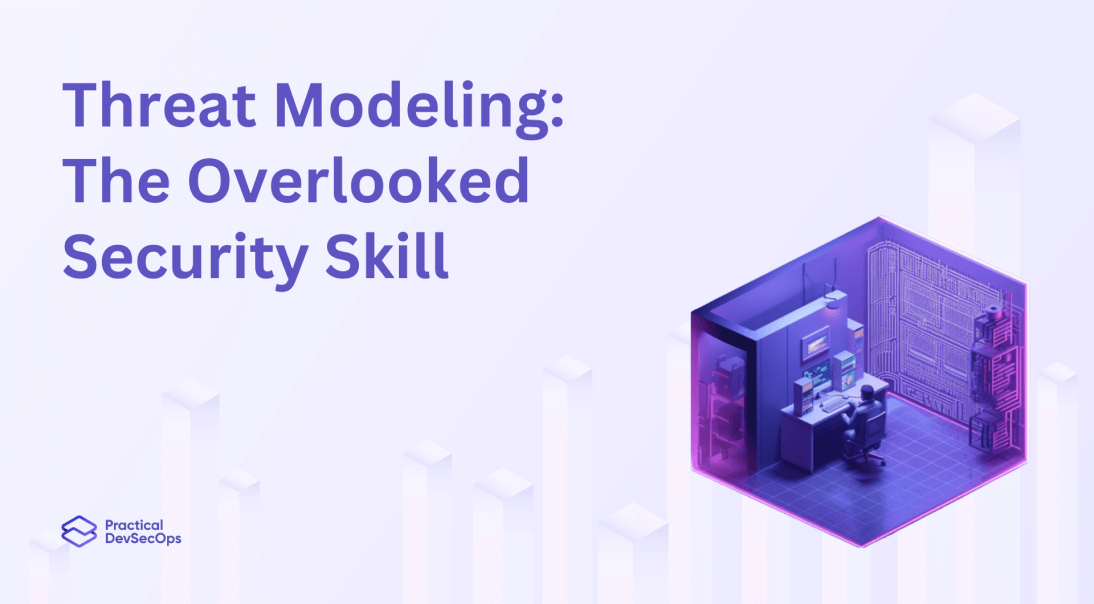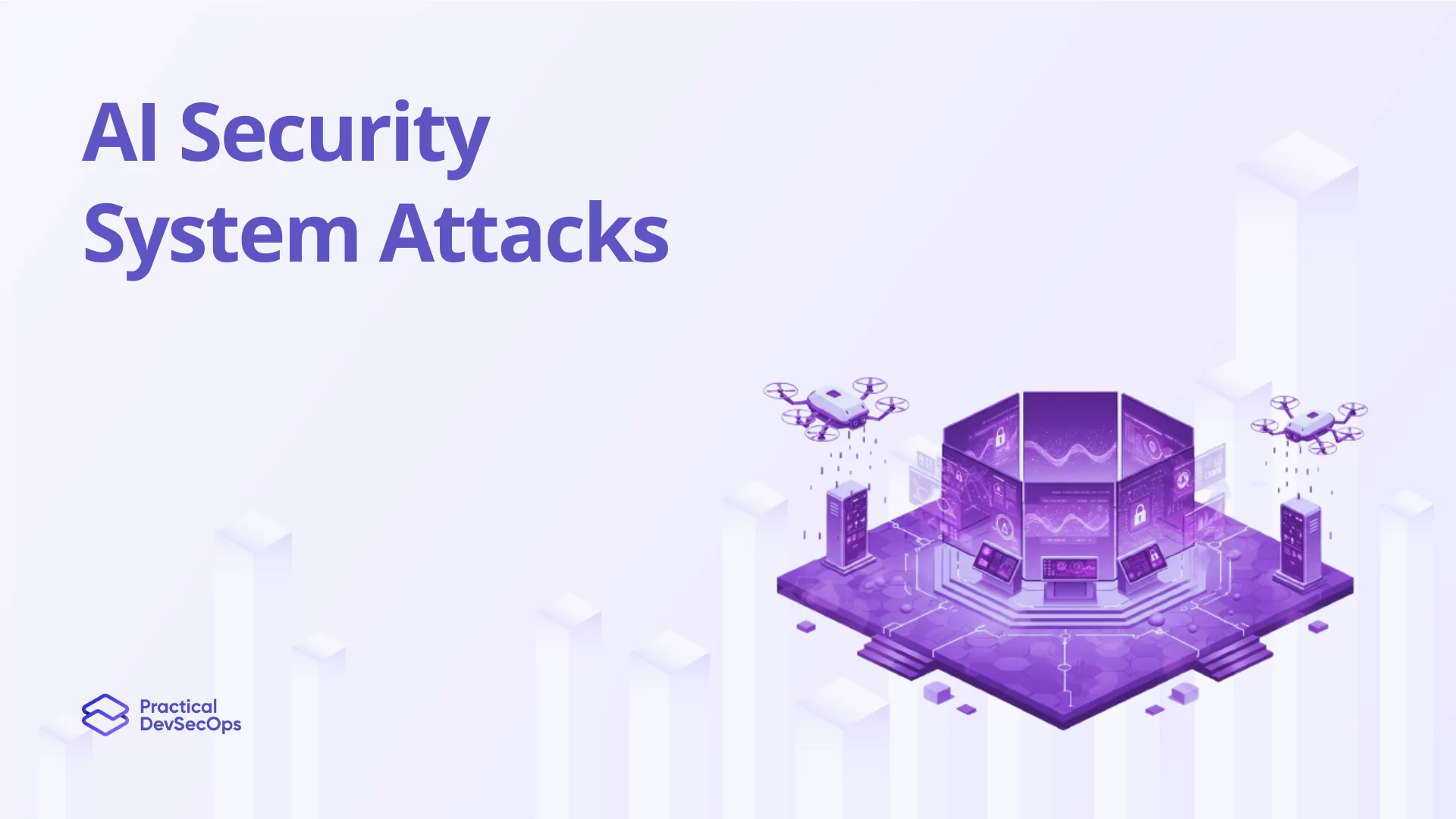As the world becomes increasingly digital, security is becoming more critical. Cyberattacks are on the rise, and the cost of a data breach can be devastating. Threat modeling is a security methodology often overlooked but is critical to protect against cyber threats. This article will explore why threat modeling is an essential and often overlooked security skill.
10 Reasons Why Threat Modeling Is an Overlooked Security Skill
We’ll explore ten reasons why threat modeling is an overlooked security skill and why it should be a priority for cybersecurity professionals.
1. Lack of Awareness
Many cybersecurity professionals are not aware of the importance of threat modeling. As a result, they do not prioritize this skill in their professional development.
2. Perceived Complexity
Some people view threat modeling as a complex process that requires too much effort. They may not realize that there are tools and methodologies available that make it an easily accessible skill.
3. Fear of Change
Many organizations may fear that implementing threat modeling into their cybersecurity practices will require significant changes to their existing security protocols.
4. Resource Constraints
Some organizations may need more cybersecurity resources, making allocating resources for threat modeling difficult.
5. Time Constraints
Threat modeling requires time to properly analyze different scenarios and environments. Organizations may view this as a time-consuming process and lack the necessary time to invest in threat modeling.
6. Perception of Low Risk
Some organizations may believe they are immune to potential cyber threats, making them apathetic to the threat modeling process.
7. Complexity of Systems
The complexity of many modern systems, including cloud-based environments, can make it challenging to identify potential vulnerabilities.
8. The Perception of Threat Modeling as a Secondary Skill
Many cybersecurity professionals prioritize other security skills over threat modelings, such as penetration testing or incident response.
9. Difficulty Implementing Threat Modeling Across Multiple Teams
Threat modeling is a process that requires collaboration across teams, which can make it difficult to implement in large organizations.
10. Lack of Training
There is a lack of structured training programs for threat modeling, making it challenging for cybersecurity professionals to acquire the necessary skills.
Why Is Threat Modeling An Essential Security Skill?
Proactive approach to security
Threat modeling is a proactive approach to security. It allows security teams to anticipate threats and address them before they occur. By mapping out potential threats, teams can create countermeasures, address vulnerabilities and design secure systems’ architecture.
Better Risk Management
Threat modeling helps with better risk management. You can identify issues that may not be a cause for immediate concern but need to be addressed over time. It helps prioritize the potential security risks and vulnerabilities, allowing businesses to focus their resources on the most significant security risks.
Cost-Effective
Threat modeling is a cost-effective approach to security. Addressing issues earlier in the development process is far less expensive than addressing them later in the product life cycle. It’s a way to save time, money, and resources in the long run.
Regulatory Requirements
Various regulatory authorities require companies to identify and address potential security risks and vulnerabilities in their products. In many cases, threat modeling is a requirement to comply with these regulations.
The value of security certifications
Threat modeling is an essential and often overlooked security skill in the cybersecurity domain. Security certifications provide a way to validate knowledge and expertise in this domain.
The Certified Threat Modeling Professional (CTMP) course provides hands-on training through browser-based labs, 24/7 instructor support, and the best learning resources to upskill in Threat Modeling.
Conclusion
Threat modeling is a proactive approach to security and a cost-effective way of addressing security risks and vulnerabilities. Incorporating threat modeling into the development process can help organizations build more secure systems and keep client data safe. The value of threat modeling is often overlooked and undervalued. However, threat modeling will play an ever-increasing role in keeping data secure.
As a final thought, security certifications provide a way to validate knowledge and skills, and organizations can benefit from a workforce skilled in threat modeling capabilities.







0 Comments